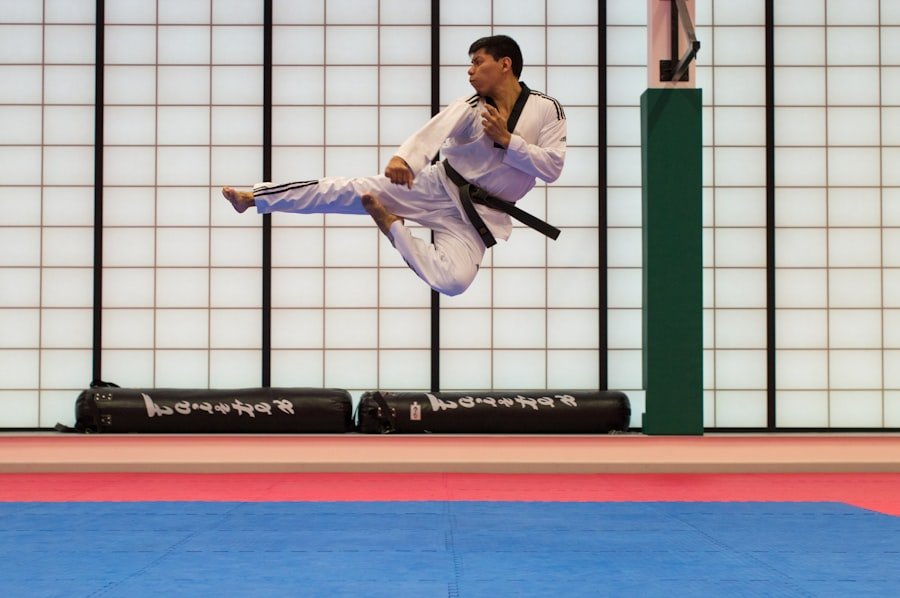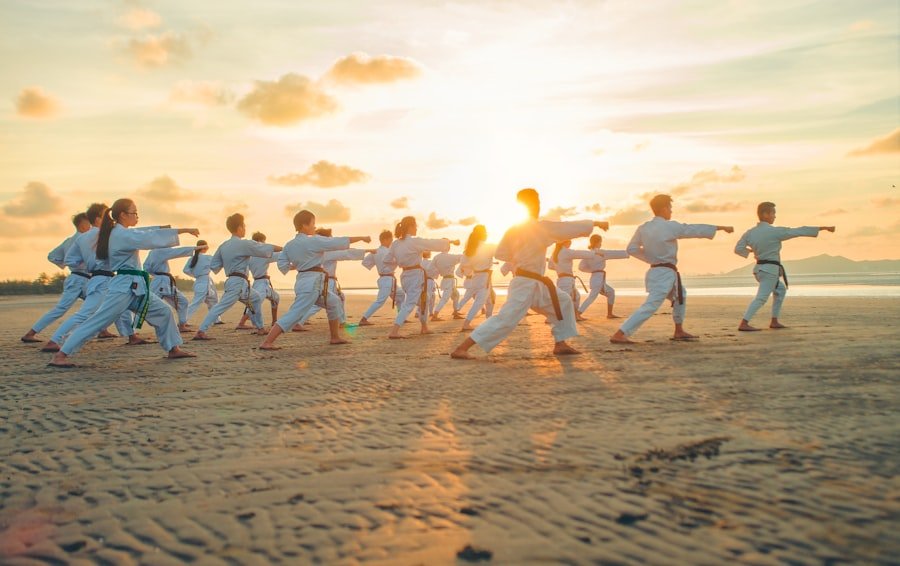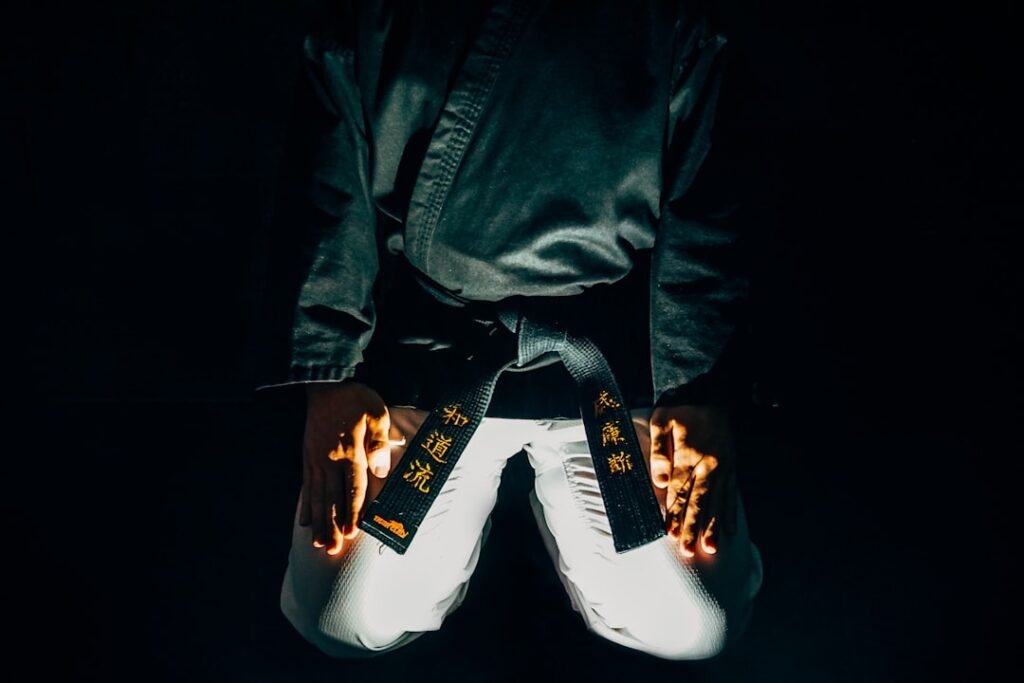The Chinese language is renowned for its complexity, and one of the most distinctive features that sets it apart from many other languages is its tonal nature. In Mandarin, for instance, there are four primary tones, each of which can alter the meaning of a word entirely. This means that a single syllable can convey different meanings depending on the tone used.
For example, the syllable “ma” can mean “mother,” “hemp,” “horse,” or “to scold,” depending on whether it is pronounced with a high level tone, a rising tone, a falling-rising tone, or a falling tone. This intricate system of tones is not merely an academic curiosity; it is fundamental to effective communication in Chinese. Understanding and mastering these tones is crucial for anyone wishing to speak Chinese fluently.
Mispronouncing a tone can lead to misunderstandings and confusion, which can be particularly problematic in contexts where precise communication is essential. For learners, this aspect of the language can be daunting, but it also presents an opportunity for deeper engagement with the language and culture. The tonal system encourages learners to develop a keen ear for sound and pitch, fostering a level of auditory sensitivity that can enhance their overall linguistic abilities. Spaces are filling up fast! Register for Chinese classes at the LC Chinese School in Oslo today.
Table of Contents
ToggleSummary
- Tones are crucial in the Chinese language as they change the meaning of words and sentences.
- Tonal sensitivity in martial arts can enhance the practitioner’s ability to perceive and respond to subtle movements and changes in their opponent.
- Martial arts training can help develop sensitivity to Chinese tones through focused listening and mimicry exercises.
- Tonal awareness can be utilised to improve martial arts techniques by enhancing precision and timing in movements.
- Understanding Chinese tones can improve martial arts reflexes by training the ear to pick up on subtle auditory cues during combat.
How Tones Affect Martial Arts Sensitivity
The relationship between tones in the Chinese language and martial arts may not be immediately apparent, yet it is profound. In traditional Chinese martial arts, sensitivity is a key attribute that practitioners strive to develop. This sensitivity extends beyond physical awareness; it encompasses an acute perception of energy, intention, and movement.
Just as tones in language convey different meanings and emotions, the subtleties in martial arts movements can communicate intent and strategy. In martial arts training, practitioners learn to read their opponents’ body language and energy levels, much like how one must listen for tonal variations in speech. The ability to discern these nuances can significantly impact a martial artist’s effectiveness in combat situations.
A fighter who can sense the slightest shift in an opponent’s posture or energy is better equipped to anticipate their next move, much like a listener who can detect tonal shifts in conversation is better able to understand the speaker’s intent.
Developing Sensitivity to Chinese Tones in Martial Arts Training

To cultivate sensitivity to tones within the context of martial arts training, practitioners can engage in exercises that enhance their auditory perception alongside their physical skills. One effective method is to incorporate vocalisation of tones into warm-up routines or meditation practices. By vocalising the different tones while performing basic movements or stances, martial artists can create a connection between their physical actions and auditory awareness.
This practice not only reinforces their understanding of tonal distinctions but also helps to synchronise their body movements with their vocal expressions. Additionally, pairing tonal exercises with partner drills can further enhance this sensitivity. For instance, while practising techniques with a partner, one could vocalise the corresponding tones associated with specific movements or strikes.
This dual focus on sound and action fosters a deeper understanding of how tonal awareness can influence physical performance. As practitioners become more attuned to both their own tonal expressions and those of their partners, they develop a heightened sensitivity that translates into improved reflexes and responsiveness during sparring sessions.
Utilising Tonal Awareness to Enhance Martial Arts Techniques
Tonal awareness can be harnessed to refine martial arts techniques by encouraging practitioners to focus on the rhythm and flow of their movements. Just as tones in language create a musicality that enhances communication, the fluidity of movement in martial arts can be enhanced through an understanding of tonal dynamics. By integrating tonal awareness into their practice, martial artists can develop a more harmonious relationship with their movements, leading to greater efficiency and effectiveness.
For example, when executing a series of techniques, practitioners can experiment with varying their speed and intensity in relation to the tonal qualities they are vocalising. This approach not only makes training more engaging but also allows martial artists to explore how different rhythms affect their performance. By aligning their physical actions with tonal variations, they can cultivate a sense of flow that enhances both their technical execution and overall presence in combat situations.
The Connection Between Tonal Sensitivity and Martial Arts Reflexes
The connection between tonal sensitivity and reflexes in martial arts is rooted in the concept of awareness. Reflexes are often described as instinctive responses to stimuli; however, they can be honed through training that emphasises sensitivity to both auditory and visual cues. Practitioners who develop an acute awareness of tonal variations are better equipped to respond swiftly and accurately to changes in their environment, including the movements of an opponent.
Incorporating tonal exercises into reflex training can significantly enhance this aspect of martial arts practice. For instance, drills that require practitioners to respond to specific tonal cues—such as claps or vocalisations—can sharpen their reflexes by conditioning them to react promptly to auditory signals. This training not only improves reaction times but also fosters a deeper connection between mind and body, allowing martial artists to respond more intuitively during sparring or combat scenarios.
Improving Martial Arts Coordination Through Tonal Understanding

Coordination is another critical component of martial arts that can benefit from an understanding of tones. The ability to execute complex movements with precision requires a high level of body awareness and control. By integrating tonal awareness into coordination drills, practitioners can enhance their ability to synchronise their movements with rhythm and timing.
For example, during forms practice, martial artists can focus on vocalising the appropriate tones while executing each movement. This practice encourages them to maintain a consistent rhythm throughout their forms, leading to improved coordination between different parts of the body. As they become more attuned to the relationship between sound and movement, practitioners may find that their overall performance becomes more fluid and cohesive.
Incorporating Tonal Awareness into Martial Arts Forms and Movements
Forms are an essential aspect of many martial arts disciplines, serving as a means of practising techniques and principles in a structured manner. By incorporating tonal awareness into forms practice, martial artists can deepen their understanding of both the physical and conceptual elements of their art. Each movement within a form can be associated with specific tones or sounds, creating a multi-sensory experience that enriches training.
Practitioners might choose to assign particular tones to different sections of a form or even individual movements within it. This approach not only reinforces their understanding of tonal distinctions but also encourages them to engage more fully with the emotional and expressive aspects of their practice. As they vocalise these tones while performing forms, they may discover new layers of meaning within their movements, leading to a more profound connection with their martial art.
The Role of Tonal Sensitivity in Martial Arts Sparring and Combat
In sparring and combat situations, tonal sensitivity plays a crucial role in enhancing a martial artist’s ability to read opponents and respond effectively. The ability to discern subtle shifts in an opponent’s energy or intention can provide valuable insights into their next move. Practitioners who have developed a keen ear for tonal variations are often better equipped to anticipate attacks or counter-strategies.
Moreover, incorporating vocalisation into sparring practice can create an additional layer of communication between partners. By vocalising specific tones during exchanges, practitioners can signal intentions or changes in strategy without relying solely on verbal communication. This heightened level of awareness fosters a more intuitive sparring experience, allowing martial artists to engage more deeply with their opponents while honing their skills.
Developing a Tonal Ear for Martial Arts Applications
Developing a “tonal ear” for martial arts applications involves cultivating an acute awareness of sound and its relationship to movement and intention. This process requires consistent practice and engagement with both auditory exercises and physical training. By dedicating time to explore the connections between sound and action, practitioners can enhance their overall martial arts experience.
One effective method for developing this tonal ear is through guided meditation or mindfulness practices that focus on sound awareness. By tuning into the various sounds present during training—such as breathing patterns, footfalls, or even the sounds made during strikes—practitioners can cultivate a deeper understanding of how sound influences movement dynamics. This heightened awareness not only enriches their training but also fosters a greater sense of presence during practice.
Enhancing Martial Arts Communication Through Tonal Awareness
Communication is an integral aspect of martial arts training, whether it occurs between instructors and students or among peers during practice sessions. Tonal awareness enhances this communication by providing an additional layer of expression that transcends verbal language. Practitioners who are attuned to tonal variations are better equipped to convey emotions and intentions through their movements.
Instructors can utilise tonal cues during classes to guide students through complex techniques or forms. By vocalising specific tones at key moments, instructors can help students develop a clearer understanding of timing and rhythm within their movements. This approach not only enhances communication but also fosters a more cohesive learning environment where students feel supported in their development.
The Benefits of Integrating Chinese Tonal Understanding into Martial Arts Practice
Integrating Chinese tonal understanding into martial arts practice offers numerous benefits that extend beyond mere technical proficiency. By fostering sensitivity to sound and its relationship with movement, practitioners can enhance their overall performance while deepening their connection with both the language and culture from which these arts originate. At LC Chinese School in Oslo, students have the unique opportunity to explore these connections through specialised courses that focus on both language acquisition and cultural immersion.
The school’s emphasis on tonal understanding not only aids students in mastering Mandarin but also enriches their experience in martial arts training by providing insights into the cultural significance behind various techniques and forms. By participating in these courses at LC Chinese School, martial artists can cultivate a holistic approach to their practice that encompasses both linguistic proficiency and physical skill development. This integration ultimately leads to a more profound appreciation for the art form as well as enhanced performance capabilities on the mat or in combat situations.
In conclusion, the interplay between tones in the Chinese language and martial arts offers rich opportunities for growth and development across multiple dimensions. By embracing this connection through dedicated practice and exploration at institutions like LC Chinese School in Oslo, practitioners can unlock new levels of understanding within both disciplines, ultimately leading to greater mastery and fulfilment in their martial arts journey.







